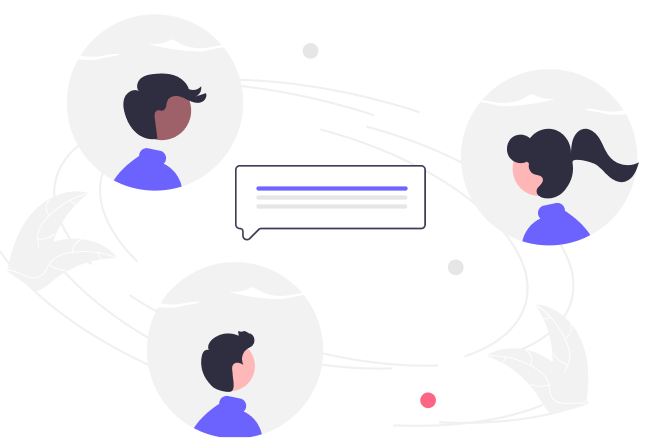
Show that you are actively listening by using empathy
You have probably heard empathy described as “feeling someone’s pain”, but what if that is not helpful or possible? Empathy is an important skill to improve your active listening and make those around you feel heard. In this course, you will learn to empathize with those around you by noticing their body language, voice tone, and words.
By the end of this course, you will be able to explain and practice empathy by noticing body language, voice, and tone. You will learn to communicate an awareness of what someone else is feeling and be a better active listener using empathy.
Brain Bites micro-learning courses are information-rich and convey important topics with an engaging mix of video and animation. With 5-minute video lessons and 30-minute-or-less courses, Brain Bites are the perfect tool to educate today’s busy workforce.
Objectives:
• Describe why it’s easy to not listen and why it’s important to work at being a good, active listener
• Convey that you are listening using short statements (verbal cues) and body language
• Seek agreement and understanding using a simple clarifying statement formula
• Build trust by providing a safe and distraction-free listening environment
• Use appropriate questions to understand the speaker’s message
• Focus on the speaker by paying attention to body language
• Express empathy and provide input to help the speaker better understand their situation
- 5 Sections
- 17m Duration
What is empathy?
Empathy and emotional intelligence
Identifying the emotions of others
Communicating empathy
Empathy in the digital age
Free


